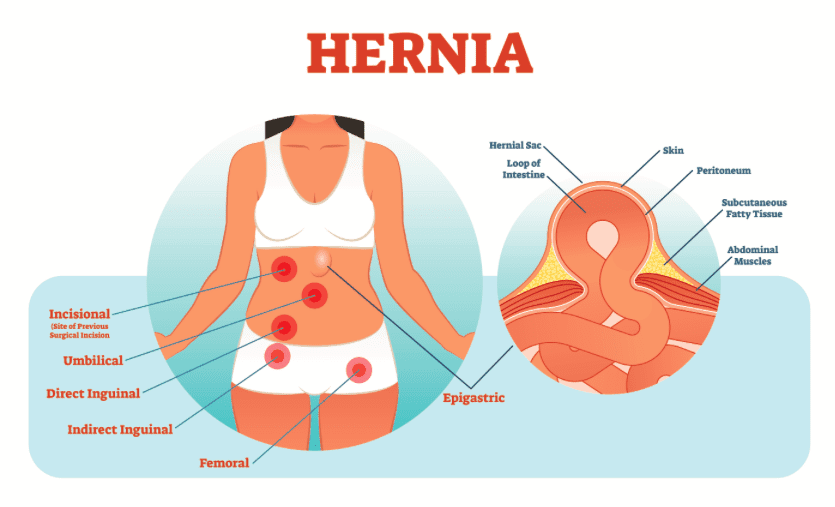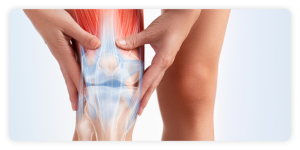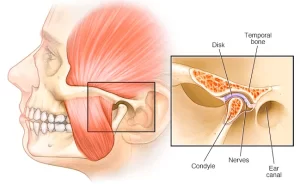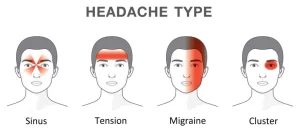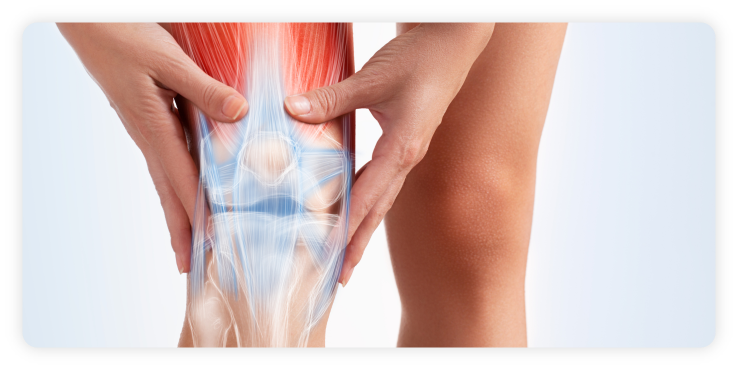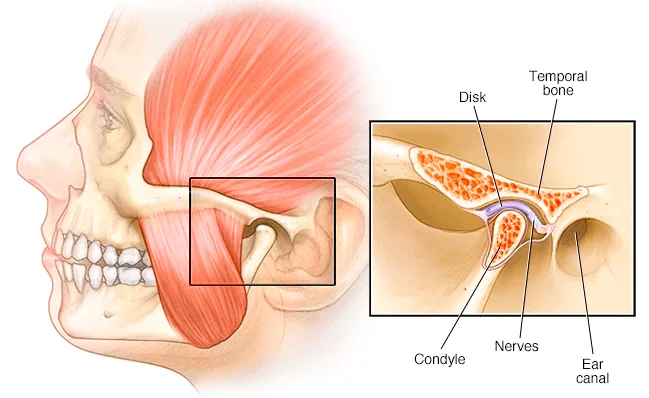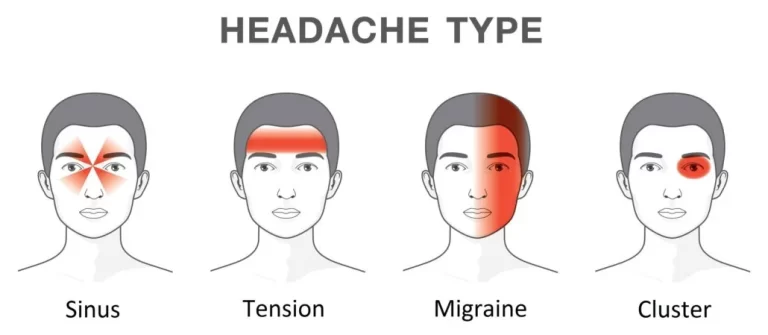What is Hernia?
A Hernia occurs when an organ or fatty tissue squeezes through a weak spot in a surrounding muscle or connective tissue called fascia.
Types of Hernia?
The most common forms of Hernia are Inguinal Hernia, Femoral hernia, Umbilical Hernia, and Hiatal Hernia.
- Inguinal Hernia: In men, the inguinal canal is a passageway for the spermatic cord and blood vessels leading to the testicles. In women, the inguinal canal contains the round ligament that gives support to the womb. In an inguinal hernia, fatty tissue or a part of the intestine pokes into the groin at the top of the inner thigh. This is the most common type of Hernia and affects men more often than women.
- Femoral Hernia: Fatty tissue or part of the intestine protrudes into the groin at the top of the inner thigh. Femoral hernias are much less common than inguinal hernias and mainly affect older women.
- Umbilical Hernia: Fatty tissue or part of the intestine pushes through the abdomen near the navel (belly button).
- Hiatal (hiatus) Hernia: Part of the stomach pushes up into the chest cavity through an opening in the diaphragm (the horizontal sheet of muscle that separates the chest from the abdomen).
Inguinal and Femoral Hernias are due to weakened muscles that may have been present since birth or are associated with aging and repeated strains on the abdominal and groin areas. Such strain may come from physical exertion, obesity, pregnancy, frequent coughing, or straining on the toilet due to constipation. Adults may get an Umbilical Hernia by straining the abdominal area, being overweight, having a long-lasting heavy cough, or after giving birth. The cause of Hiatal hernias is commonly due to a weakening of the diaphragm with age or pressure on the abdomen could play a part.
If you’re recovering from a hernia or managing physical discomfort post-surgery, our physiotherapy sessions can play a vital role in restoring strength, mobility, and overall function safely and effectively.
Symptoms of Hernia?
The most common symptom is a bulge or lump in the affected area. For example, in the case of an Inguinal Hernia, a lump on either side of the pubic bone where the groin and thigh meet may be noticed and the lump disappears when lying down. It can also be felt mostly through touch when standing up, bending down, or coughing. Discomfort or pain in the area around the lump may also be present. Some types, such as Hiatal Hernias, can have more specific symptoms which include heartburn, trouble swallowing, and chest pain.
In many cases, Hernias have no symptoms and show up only during a physical checkup or a medical exam for an unrelated problem.
Hernia Treatment
Following a Hernia, physical therapy will become crucial to regaining control and comfort over the body. If the muscles remain torn or tear again, the damage may continue to the point of irreparability. The healing process will require a personalised plan that keeps the muscles moving without causing any risk of re-tearing while building your flexibility and hip strength back to the level they were at beforehand. Going to physical therapy after an injury or surgery is helpful for the body, reminding it how it should be operating. Rehabilitation methods suggested by a physical therapist will assist in decreasing pain and increasing mobility as it heals. Stretches will also help to gently begin flexing and strengthening the affected areas at a slower pace. If in doubt, please seek professional advice.
Support Your Recovery with the Right Care
Living with a hernia or recovering from surgery can take a toll on your body. It’s important to rebuild strength and prevent further complications through targeted rehabilitation. At our physio clinic in Singapore, you’ll receive tailored care to help restore mobility, ease discomfort, and support your recovery journey. With the right guidance, you can move forward with greater confidence and comfort.
Check out our popular articles: Diastasis Recti, Tight Back Muscles, Irritable Bowel Syndrome (IBS), Temporomandibular Joint (TMJ) Dysfunction, Tennis Elbow, Wrist Tendon Injury, Sciatica, Whiplash, Hernia, Herniated Disc (Slipped Disc).
